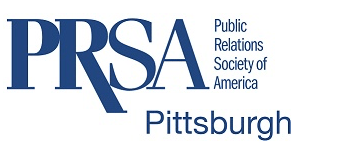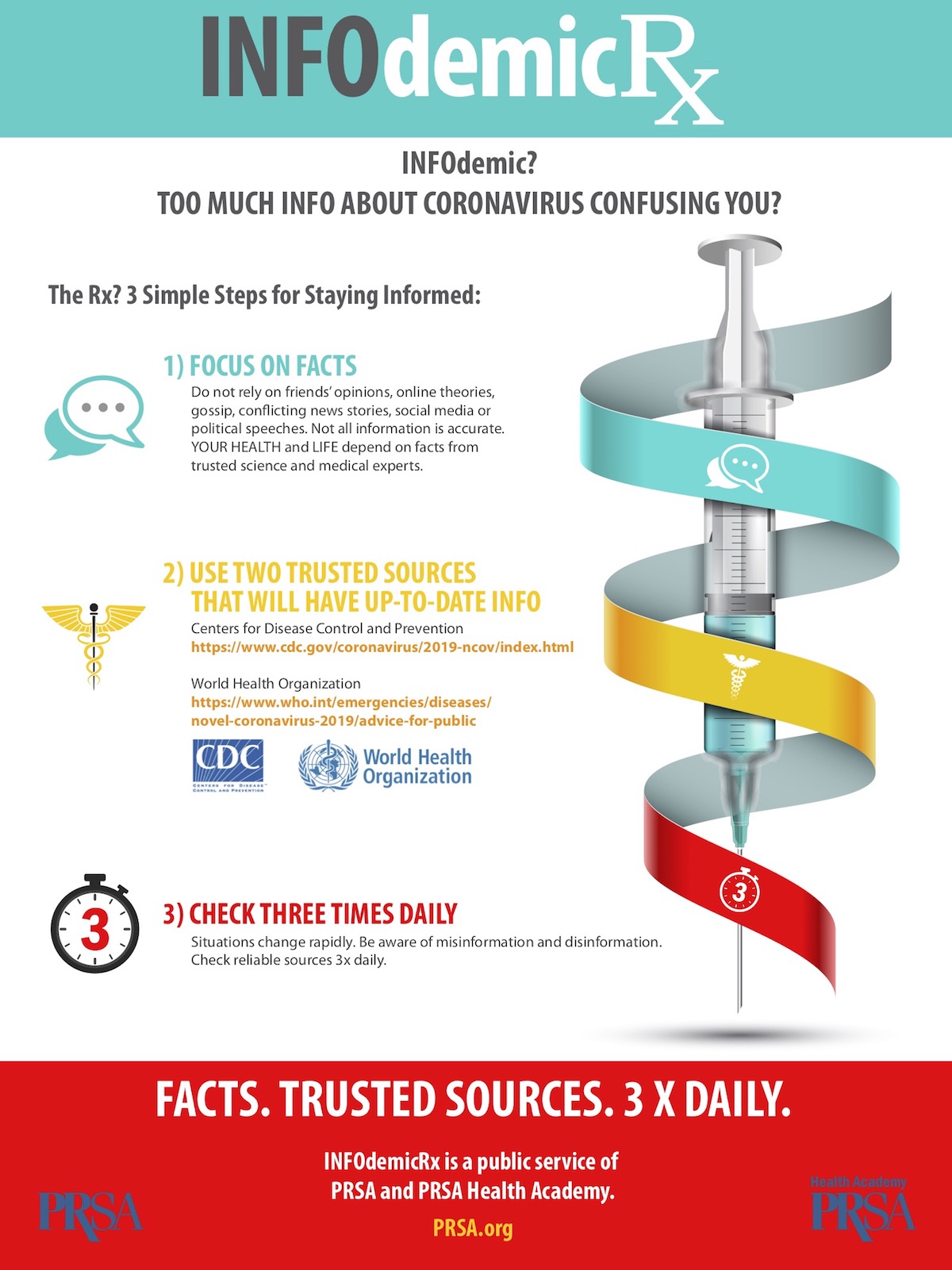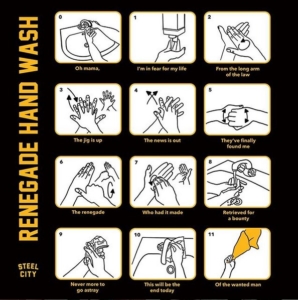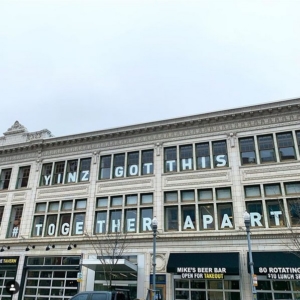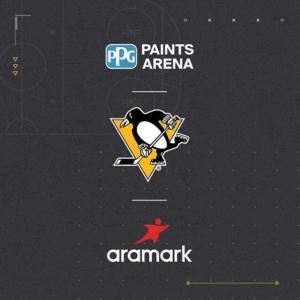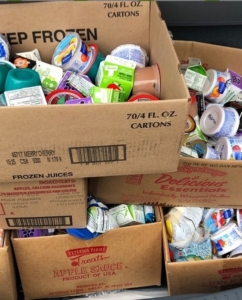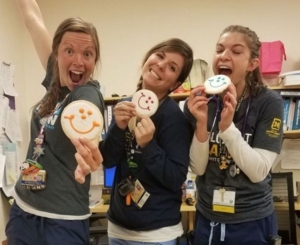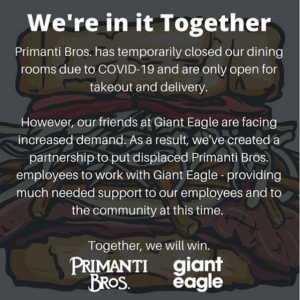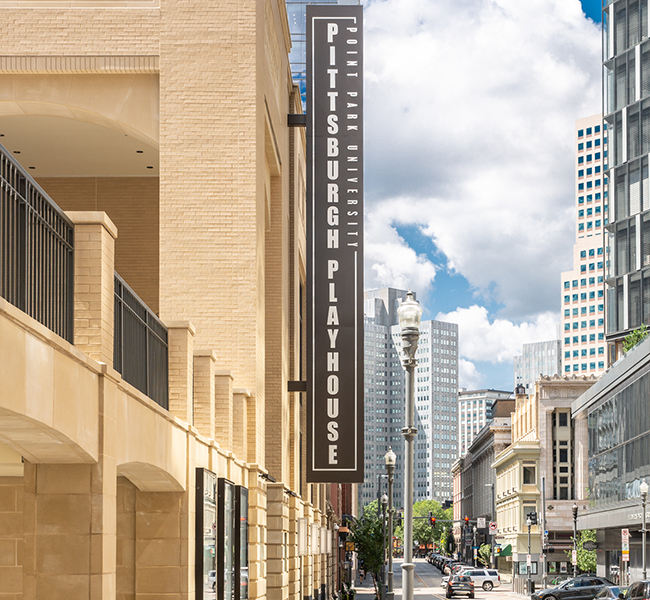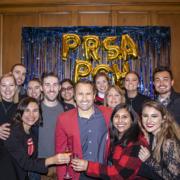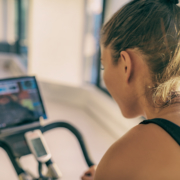With ‘Screen To Screen,’ PRSA Pittsburgh aims to keep providing connections to local PR community
[This is Part One in a series of recaps of past “Screen To Screen” episodes – be sure to tune in to Instagram Live twice per week at 5:30 p.m. for new additions to the series.]
By Stacey Federoff
Web Content Manager
At PRSA Pittsburgh, we value making connections between members and providing tools, support and education to all members. It’s right here in our value proposition. During this time of the COVID-19 global pandemic and related shutdown, we wanted to make sure that didn’t stop, especially when we need to connect virtually, since we can’t connect in-person.
With that in mind, twice per week, we’ve been hosting “Screen To Screen”, an Instagram Live series, to discuss and explore different topics related to industry best practices during these unprecedented times. Tune in at 5:30 p.m. most Mondays and Thursdays for the latest episodes, or check out our IGTV for some of the past episodes.
Here’s what we’ve learned from the first four experts who’ve joined us:
Deanna Tomaselli – Working From Home
If you missed Deanna’s tips about working from home, since it was our very first episode once the stay-at-home order started, no need to worry: She summed up her most important recommendations in a blog post for us, which includes things such as:
- Keeping your commute time – Using the extra hour in the morning and evening to work out, meditate or just sleep in.
- Doing some chores during the work day – Easy tasks like folding laundry during a webinar can help cross off personal tasks to reduce stress.
- Listening to audio books, podcasts and Instagram Live streams – Mundane tasks can be more fun with some reading or laughter in your ears.
- Taking advantage of online resources – There are plenty of fitness studios, TV, networking and educational videos, classes and livestreams.
- Setting boundaries – Communicating with work team members and family members about work-life balance as well as flex-time or away from your desk.
- Keeping the Good Vibes Rolling – Whether it’s lighting candles, supporting local businesses or donating to a relief fund, taking small steps and being grateful can help at any time.
Steve Radick – Crisis Communications
Steve helped lead the efforts on arguably one of the most controversial modern Super Bowl commercials, so we talked to him about crisis communications during this crazy time.
Keeping a close eye on the news to stay up-to-date was the place to start, while taking a longview, not reacting too quickly and monitoring other brands. Some PR industry sources he suggested were:
- PRWeek’s live blog
- PRWeek and Haymarket Media Email Newsletter
- WPP sends out regular updates
- The Crisis Comms webinar from our friends over at WordWrite
- McKinsey
A lot of brands were doing a lot of things well, but the bar for doing good has now been set a lot higher than just writing a check: Taking a stand for employees, customers, and other stakeholders is important. And the legal department shouldn’t be driving these communications, instead, any communications should be in plain English, conveyed with empathy and gratitude. “It’s ok to say we don’t know all the answers, but that the only thing we care about is your safety,” Steve said.
Local examples of authentic crisis communications are included in a previous blog post of ours, such as the partnership between Giant Eagle and Primanti Bros. as well as Wigle Whiskey and other distilleries shifting to produce hand sanitizer.
Dan Ayer – Content Creation
Since Dan is an award-winning copywriter and public relations pro who develops ideas, strategy, and content that drives business for clients, we knew he would have expert advice about content creation during the COVID-19 pandemic and shutdown.
He emphasized that content should convey real meaning. Instead of goals related to selling, brands should prioritize goals related to being helpful right now. Messages should contain a level of empathy. “Put yourself in the shoes of someone going through the worst possible scenario,” Ayer suggested.
Now is the best time to understand brand voice – who they are, what they stand for, what their goals are – and use it to develop messages, even including humor and entertainment, if that is appropriate.
For some brands it may be best just to sit things out for a while, mindful of what you’re doing. Ask: Will this content help achieve a business objective? Or, could a pivot work better, without capitalizing inappropriately on the situation? Communicate messages clearly, concisely and intelligently while being open and honest.
Great communicators and great brands are the ones who do the best at creating some emotional relief in addition to a sense of connection. Cottonelle’s “Share A Square” campaign is an example of being smart and helpful at the same time. Miller Lite and Aviation Gin are supporting bartenders. Nike is inspiring people to “play inside” and the NBA is granting access to past “classic” games.
B2B brands can also make meaningful decisions about content and public relations, such as MSA Safety’s donation of N95 masks to Pittsburgh-area hospitals.
Content creators can play an impactful role for businesses during this unprecedented time, when they have the chance to engage and inspire people – and that highlights the overall importance of communication. Understanding the power of championing clients’ stories, content creators should take pride in and realize the responsibility of being valuable and helpful during this pandemic.
Next up for the “Screen To Screen” series at 5:30 p.m. April 14, we have Alex Grubbs, an MBA student, who will share strategies to cope and maintain focus during the current climate. See you then!
[In Part Two, we’ll recap episodes on reliable sources, social media and portfolio-building.]
